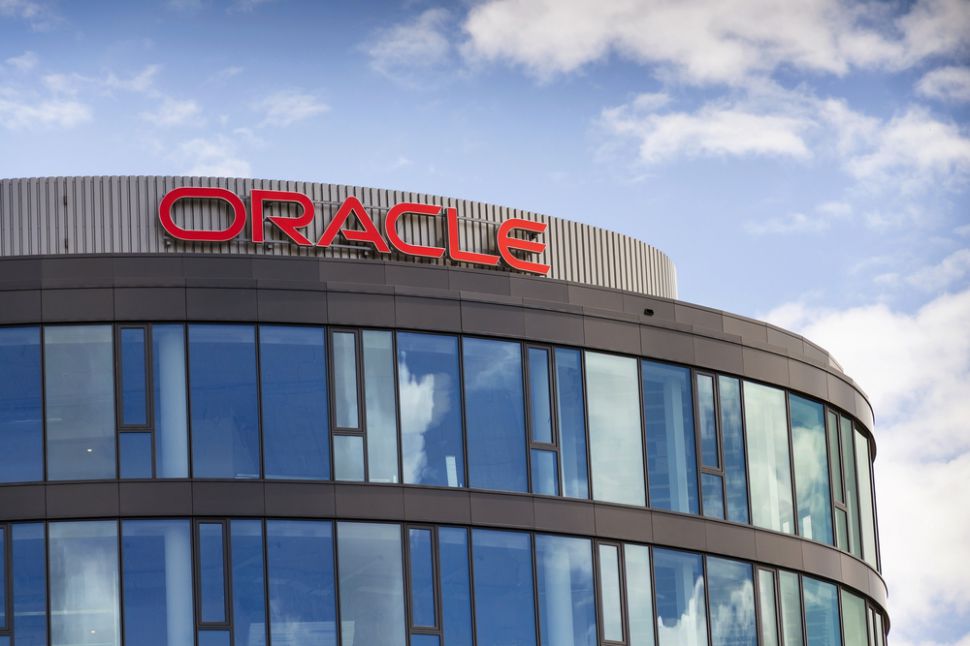Oracle is releasing an extended version of its open-source MySQL service that will include data warehousing functionality. The update should mean that users of cloud computing database solutions no longer need to rely on a separate data analytics database if they need a data warehouse.
From today, Oracle is making its MySQL Database Service with integrated MySQL Analytics Engine available, delivering a unified platform for both online transaction processing and online analytics processing workloads.
The new analytics engine will go head to head with Amazon Redshift, promising to be at least twice as fast and 66% less expensive than Amazon’s service.
A new database service
Although MySQL remains one of the most popular database solutions in the world, it has largely been limited to transaction processing as it lacks some of the functionality required for analytics.
As a result, many users of MySQL databases had to run a separate analytics database, extracting, transforming, and loading their data as part of a costly and time-consuming process.
The new update means that the Oracle MySQL Database Service is the only solution that allows customers to run both transaction and analytics workloads directly from their MySQL database. It not only means that more businesses may consider MySQL for their data warehousing needs, they may also see Oracle as a viable MySQL service provider.
“MySQL is the most popular database among developers and is widely used by companies across industries. But, until today, MySQL users have been forced to move their data into separate incompatible data warehouses for analytics leading to higher costs and delayed answers,” said Edward Screven, chief corporate architect at Oracle.
“With the MySQL engineering team’s latest innovations, Oracle is the only provider that offers developers and database administrators a single, unified platform that can easily run high-performance real-time analytics against their MySQL database without requiring any change to their MySQL applications – making Oracle Cloud Infrastructure the best place to run MySQL applications.”
Via ZDNet





